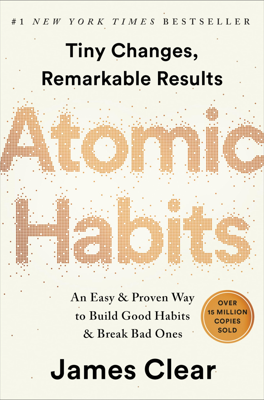The 2nd Law: Make It Attractive
In the 1940s, Dutch scientist Niko Tinbergen discovered how exaggerated cues, or "supernormal stimuli," significantly influence animal behavior. Tinbergen's experiments on herring gull chicks and greylag geese revealed that these animals responded more vigorously to artificial, exaggerated cues than to natural ones. For instance, gull chicks pecked more aggressively at a beak with multiple red dots compared to a real gull beak with a single dot. Similarly, geese tried to roll larger objects, like volleyballs, back into their nests.
Humans are also susceptible to supernormal stimuli, which modern food science exploits. Junk food, engineered to have the optimal combination of salt, sugar, and fat, capitalizes on our brain's evolutionary reward system. This creates highly attractive but unhealthy eating habits. The same principle applies to many modern temptations like social media, advertising, and online porn, which offer heightened versions of reality that our ancestors never faced.
The Dopamine-Driven Feedback Loop
Dopamine is a neurotransmitter crucial for craving and desire. Experiments in the 1950s showed that when dopamine was blocked in rats, they lost all motivation to live, eat, or engage in other activities. Conversely, flooding the brain with dopamine made animals compulsively repeat behaviors.
Habits form through a dopamine-driven feedback loop: dopamine levels rise not only when experiencing pleasure but also when anticipating it. Anticipation of rewards motivates us to take action, making the expectation of a reward more compelling than the reward itself. This aspect underlines the importance of making habits attractive because the higher the anticipation, the stronger the dopamine spike, and the more likely the behavior will occur.
Temptation Bundling
This strategy links an action we want to do with an action we need to do. For example, an engineering student in Dublin connected his stationary bike to Netflix, making the TV run only if he was cycling. This coupling of exercise (needed) with watching shows (wanted) makes the exercise habit more attractive. Temptation bundling utilizes Premack’s Principle, which states that more probable behaviors reinforce less probable ones.
Key Points:
- Supernormal stimuli exaggerate features that attract us, leading to stronger responses and potentially unhealthy habits.
- Modern products, from junk food to social media, exploit our brain's reward system through exaggerated stimuli.
- Habits are powered by dopamine; anticipating a reward spurs us to act more than the actual rewarding experience.
- Temptation bundling pairs a desired action with a necessary one, making the necessary action more attractive.
Overall, making habits more attractive involves understanding the biological underpinnings of cravings and strategically pairing desired behaviors with necessary tasks to foster new, positive habits.
